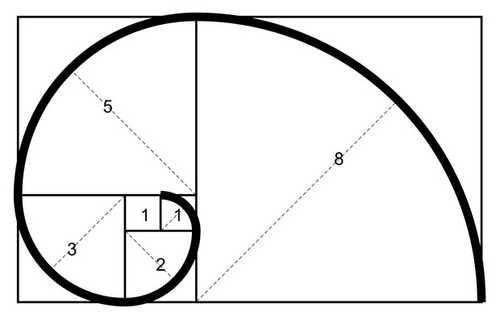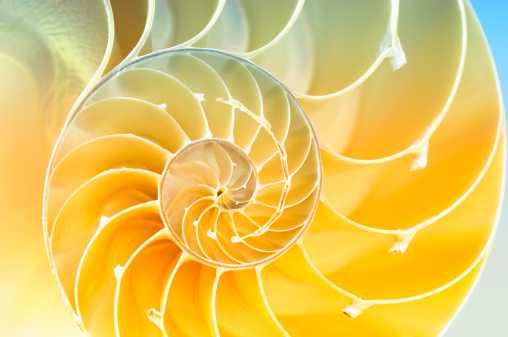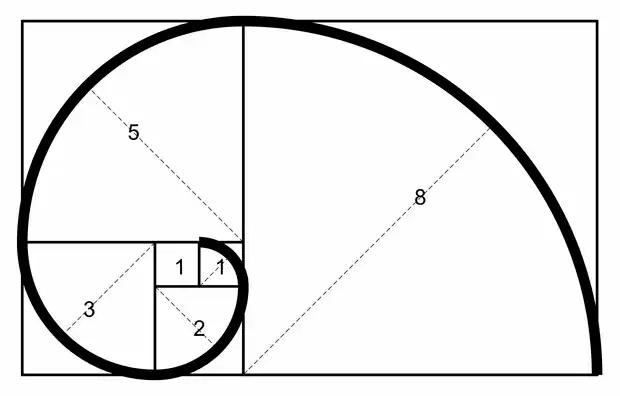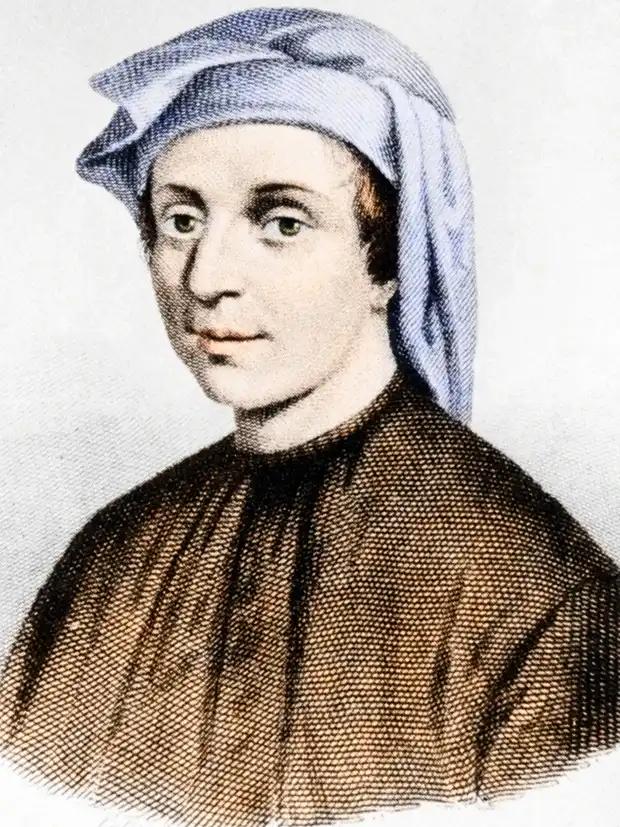Explore the World's Best Ideas
Join today and uncover 100+ curated journeys from 50+ topics. Unlock access to our mobile app with extensive features.
Fibonacci numbers are important
Fibonacci numbers explain how things expand and why they give rise to spirals.
You can find Fibonacci numbers all over the natural world. The number of petals on a flower is a Fibonacci number. Cut open a fruit, and you'll find a star shape with a Fibonacci number of arms. A banana has a three-pointed star, and apple a five-pointed star. The cells on a pineapple have several Fibonacci numbers.
If you take squares whose dimensions correspond to the Fibonacci numbers, then you can arrange them in an expanding rectangle.
13
85 reads
The Fibonacci sequence
1, 1, 2, 3, 5, 8, 13, 21…
Every number in the sequence is created by adding together the two previous numbers. The next Fibonacci number is 13 + 21 = 34.
Hidden inside this sequence is the golden ratio. Many artists regard the golden circle as the perfect proportion for a canvas.
14
84 reads
Origin of Fibonacci numbers
The numbers are named after a 13th-century Italian mathematician known as Leonardo Bonacci. In 1853, historian Guillaume Libri started to refer to him as Fibonacci (son of Bonacci).
In 1202, Fibonacci wrote about these numbers in Liber Abaci. The book was meant to support new ways of doing computation as Europe still used Roman numerals and the abacus to do calculations. He explained the power of the Hindu Arabic numerals, and how the Indians used the numbers 1 to 9 with a revolutionary new concept of 0 in a place number system.
14
58 reads
Fibonacci did not discover these numbers
The numbers were discovered by Indian poets and musicians who used them to understand rhythm in music and poetry.
Modern musicians also used the Fibonacci numbers in their work. Debussy used them in his La Mer, Bartok in his Music For Strings, Percussion and Celesta. There's a new form of poetry named Fib, where each line has syllables corresponding to the Fibonacci sequence.
13
87 reads
IDEAS CURATED BY
CURATOR'S NOTE
The Fibonacci sequence is used in art, composition, maths, nature, music, investing and more.
“
Antonio V.'s ideas are part of this journey:
Learn more about scienceandnature with this collection
How to choose the right music for different tasks
The benefits of listening to music while working
How music affects productivity
Related collections
Similar ideas
11 ideas
11 ideas
Basic Music Theory for Beginners - The Complete Guide – Icon
iconcollective.edu
Read & Learn
20x Faster
without
deepstash
with
deepstash
with
deepstash
Personalized microlearning
—
100+ Learning Journeys
—
Access to 200,000+ ideas
—
Access to the mobile app
—
Unlimited idea saving
—
—
Unlimited history
—
—
Unlimited listening to ideas
—
—
Downloading & offline access
—
—
Supercharge your mind with one idea per day
Enter your email and spend 1 minute every day to learn something new.
I agree to receive email updates




